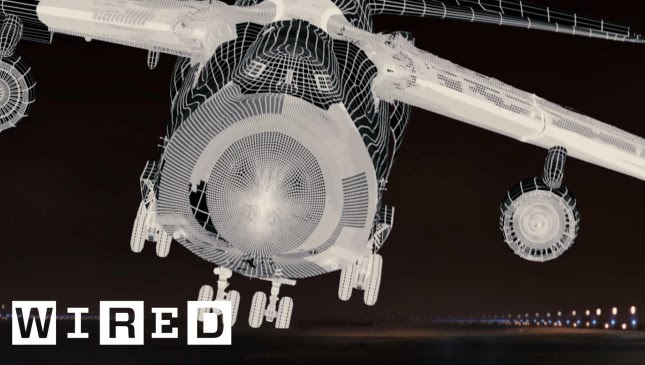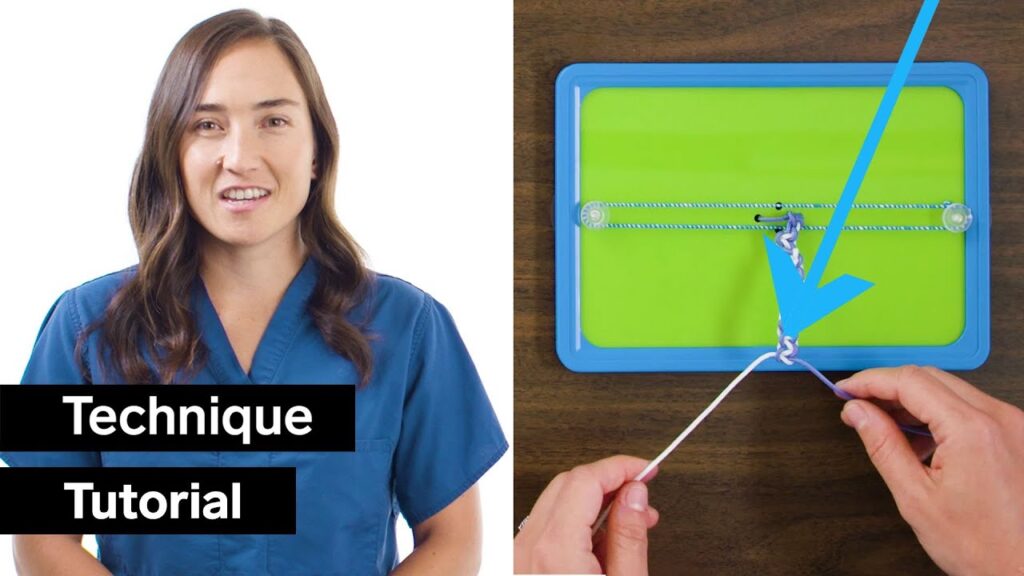The Physics and Mechanics of Hula Hooping
Summary
In this article, we explore the fascinating world of hula hooping and how it relies on the conservation of angular momentum. We discuss the critical relationship between the ankle, hip, and knees and how they work together to keep the hoop spinning around the waist. We also look at the unique technique of Marawa, a skilled hula hooper who can manage up to 150 hoops with ease, and how she uses her upper body to control multiple hoops. Finally, we examine the ideal body type for hula hooping and the potential limits of the human body in this activity.
Table of Contents
- The Physics of Hula Hooping
- Marawa’s Unique Technique
- The Ideal Body Type for Hula Hooping
- Conclusion
The Physics of Hula Hooping
Ramesh Palasubramaniam, a professor of cognitive and information science, has used motion capture trackers to study the mechanics of hula hooping. He discovered that the physics of hula hooping relies on the conservation of angular momentum. The critical relationship between the ankle, hip, and knees helps keep the hoop spinning around the waist. When a secondary task or increased cognitive load is added, there is more involvement of the knees. Most hoopers use only their hips down, but Marawa uses her whole body to control multiple hoops.
Marawa’s Unique Technique
Marawa is a skilled hula hooper who has developed a unique technique of using her upper body to keep as many as 200 hula hoops going at once. She positions her legs differently and breaks down her lower limbs into a hip-ankle strategy. However, the size of her arms limits her ability to spin more hoops. Marawa’s record could potentially go up to 250-300 hoops, but it depends on the biomechanics of the individual attempting the feat. Even attempting to match her skill is a challenge.
The Ideal Body Type for Hula Hooping
The ideal hula hooper would be someone tall with a lot of core strength and long arms. While Marawa has developed a unique technique that allows her to control multiple hoops with her upper body, the size of her arms limits her ability to spin more hoops. Therefore, someone with longer arms would have an advantage. Core strength is also crucial, as it allows the hooper to maintain the necessary posture and control of the hoops.
Conclusion
Hula hooping is a fascinating activity that relies on the conservation of angular momentum and the critical relationship between the ankle, hip, and knees. Marawa’s unique technique of using her upper body to control multiple hoops is a testament to the potential of the human body in this activity. However, the ideal body type for hula hooping is someone tall with a lot of core strength and long arms. Whether you’re a beginner or an experienced hooper, understanding the physics and mechanics of hula hooping can help you improve your technique and take your skills to the next level.







